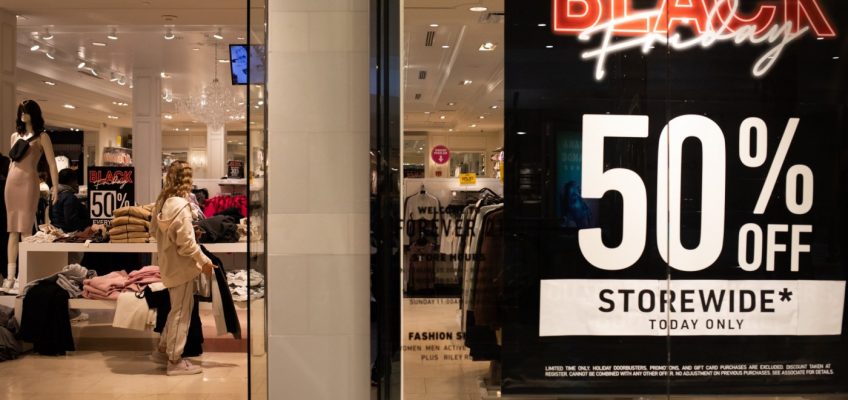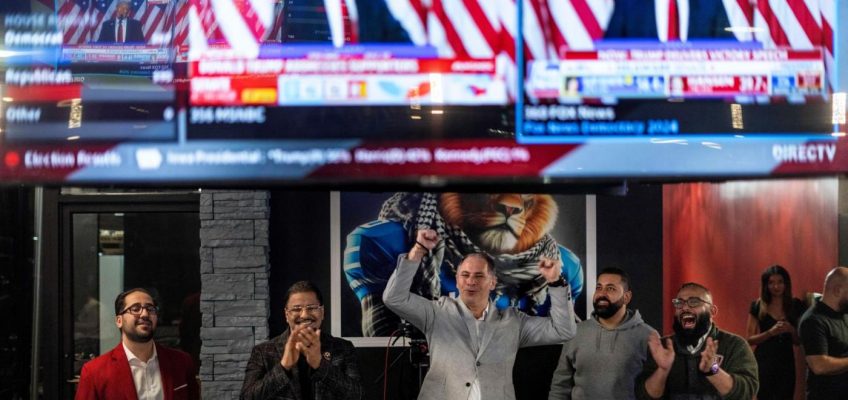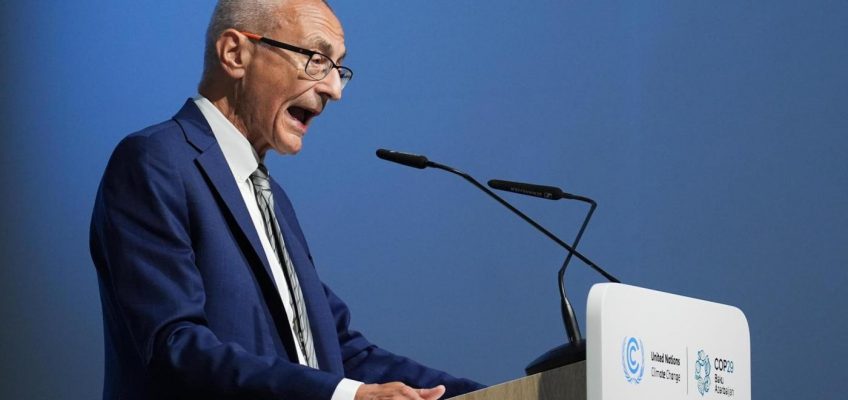By Amanda Barroso, NerdWallet
Black Friday is the day after Thanksgiving — this year, Nov. 29 — and it has typically been the kickstart to the holiday shopping season. Hundreds of retailers launch special in-store and online sales that are meant to encourage shoppers to check items off their list.
Black Friday is a time when businesses are able to move from “the red” (operating at a loss) to “the black” (making a profit). While Black Friday has a rich history, this narrative began in the 1980s and has stuck with the holiday ever since.
Predicting Black Friday trends
You can count on Black Friday sales to deliver intense competition and widespread discounts that stand out from other times of the year. Here’s what else to expect this shopping season.
Record-high holiday spending
The National Retail Federation estimates that winter holiday spending during November and December could reach $989 billion, a record high and up from $955.6 billion in 2023.
Shoppers will spend an average of $902 on “core holiday spending,” with $641 going toward gifts and $261 for seasonal items, the federation said on an Oct. 30 media call.
But that doesn’t mean shoppers are necessarily buying more, says Mark Bergen, professor of marketing at the University of Minnesota.
Because of inflation, “you could be spending more even though you’re buying less,” Bergen says.
Becoming a “better shopper” this holiday season “doesn’t necessarily mean I spend less,” Bergen says. “It means I spend more wisely or spend differently.”
Some shoppers will probably account for rising costs in their budget by spending money on different items — maybe a store brand rather than a name brand or shopping at a discount store instead of a major retailer, says Bergen.
Early Black Friday sales
Speaking of major retailers, many of them are starting their sales earlier in the month.
Costco, Best Buy, Sam’s Club, Target and Walmart all have sales or deals that have either already started, or will start by Nov. 21. Deals this year are also more likely to extend past Black Friday weekend, some into December.
Special access for members
“A big shift this holiday season will be that many of the really big promotions are going to be member driven,” Bergen says. Store memberships — which range from the free Target Circle program to paid programs such as Walmart+, warehouse memberships and Amazon Prime — can unlock special deals, early access and other benefits this holiday season.
Why this special privilege for members when Black Friday deals used to be for everyone?
“Because of inflation, companies have become more sophisticated in their ability to raise prices,” Bergen says. “Part of that has been their realization that they can raise the average prices but give more targeted discounts to their members.”
The bottom line: Taking account of your memberships might make a difference for your budget this holiday season.
A rise in social media-inspired shopping
While retail heavy-hitters will be a go-to for many shoppers, social media platforms will also be popular places to shop, especially for younger generations.
“Facebook Marketplace and TikTok Shop are leading in intentional purchases, while Facebook and Instagram remain popular for more casual browsing,” Janelle Sallenave, Chime’s chief spending officer, said in an email interview. Her observations come from data from Chime’s 2024 “Spendfluence report.”
Related Articles
Frustrated Americans await the economic changes they voted for with Trump
7 ‘Wicked’ good ideas for an Oz-inspired vacation
Plan early, wait to buy: The best way to save on holiday shopping
A scammer is imitating your business online. What can you do?
What $20 gets you at gas stations in each state
“Each platform appeals differently to its users: Facebook Marketplace attracts those searching for specific items, like furniture, while TikTok Shop engages trend-seekers,” Sallenave said.
But not all purchases are planned.
“One of the biggest takeaways from our Spendluence report is that ‘just browsing’ leads to a purchase for 99% of Americans with consumers spending an average of $168 on social media shopping in the past six months alone,” Sallenave said.
“This is a good reminder for holiday shoppers to be cautious and intentional with their spending, as platforms and brands will likely ramp up their ads and promotions.”
Store policies that benefit shoppers
Retailers really cater to shoppers during the holiday season. Here’s what you can expect this year:
Expanded store hours: Opening early and closing late gives people the flexibility to stop into stores and make purchases around their busy schedules. For example, Best Buy will be closed on Thanksgiving, but the retailer is extending its store hours during the rest of the season. Check your local retailer to find out specific details for their policies that typically run through Dec. 24.
Smooth and extended return policies: Retailers know that shoppers will probably be making returns after the holidays and want to make it easier. For example, at Best Buy, most items purchased from Nov. 1 through Dec. 31 can be returned through Jan. 14, 2025. However most policies have some caveats — such as requiring receipts for returns or excluding items bought from third party sellers — that shoppers should be aware of.
Robust price matching: For example, Target will price match its competitors on items bought within a 14-day window and match its own prices if they drop during the designated window (Nov. 7 through Dec. 24). There are a few notable outliers: Neither Amazon nor Walmart have special holiday price matching policies. Walmart’s current policy doesn’t even match special event prices from its own website, Walmart.com, or match prices from third party sellers.
Tips for shopping during anxious times
Some shoppers might feel uneasy heading into Black Friday this year. The holiday shopping season comes on the heels of a highly contested presidential election, a series of natural disasters and rising costs that have stretched budgets.
These outside forces are stressful and exhausting, which are emotions that affect your spending habits. You may be more likely to make mistakes and be more vulnerable to impulsive decisions when you’re feeling this way.
“Try to shop earlier in the day, when you’re less tired,” Bergen says.
He also recommends waiting a night, if possible, before making a big purchase. Even as retailers rely on one-day deals and lightning sales to draw you in, being rested can clarify your shopping and spending goals and help you stay on track.
More From NerdWallet
Plan Early, Wait to Buy: The Best Way to Save on Holiday Shopping
Survey: Majority of Americans Have Money Regrets in 2024
What $20 Gets You at Gas Stations in Each State
Amanda Barroso writes for NerdWallet. Email: abarroso@nerdwallet.com.
The article When is Black Friday? Here’s What You Need to Know Before You Shop originally appeared on NerdWallet.




